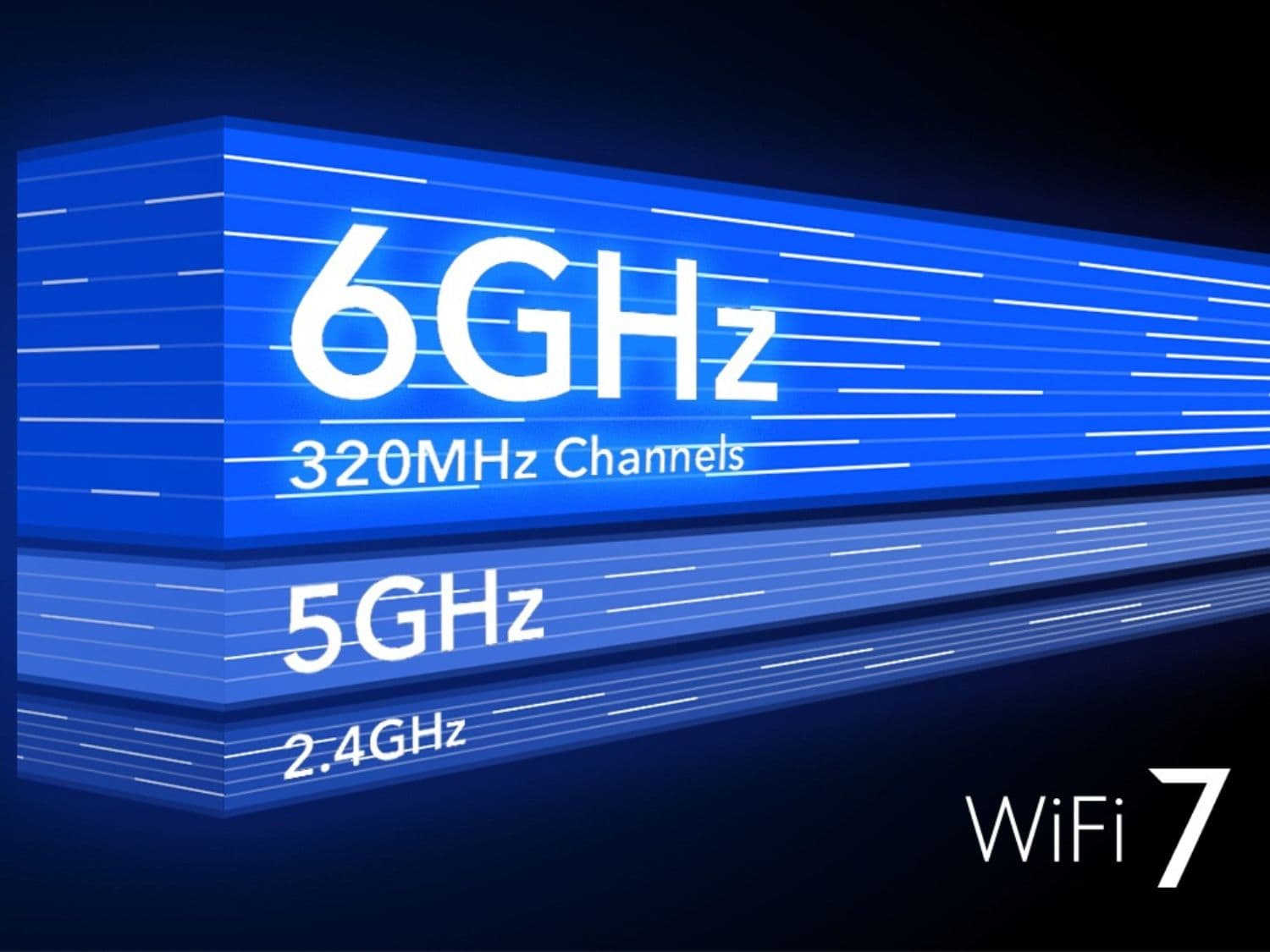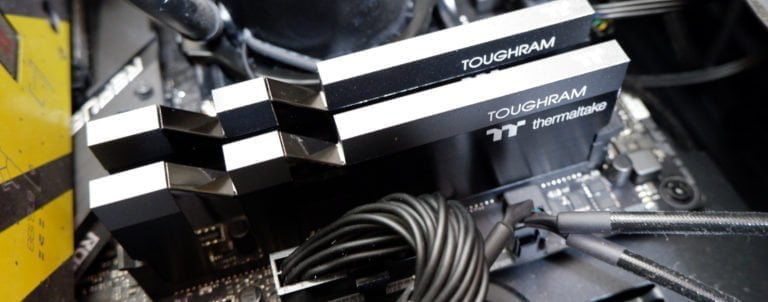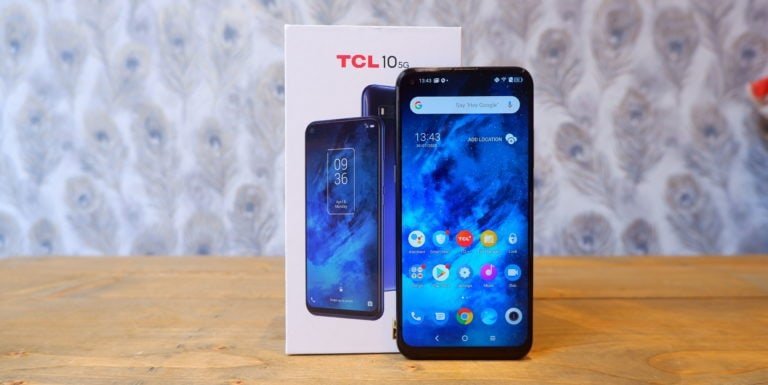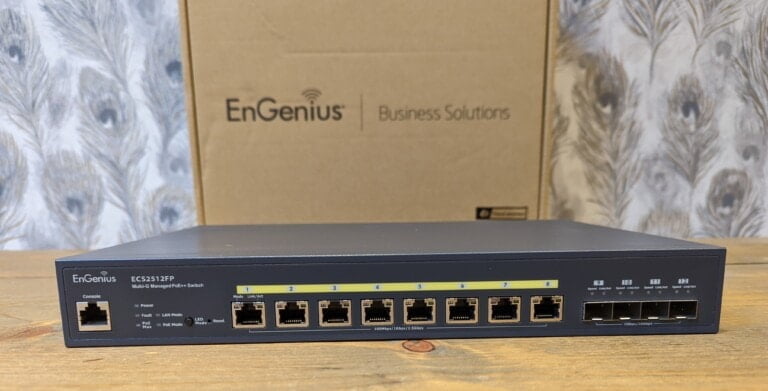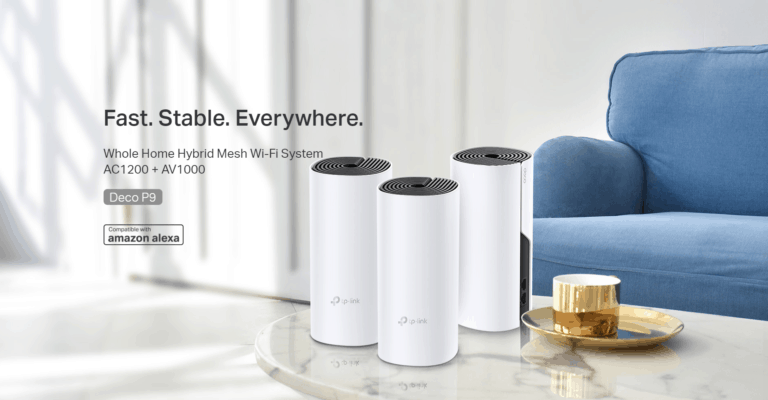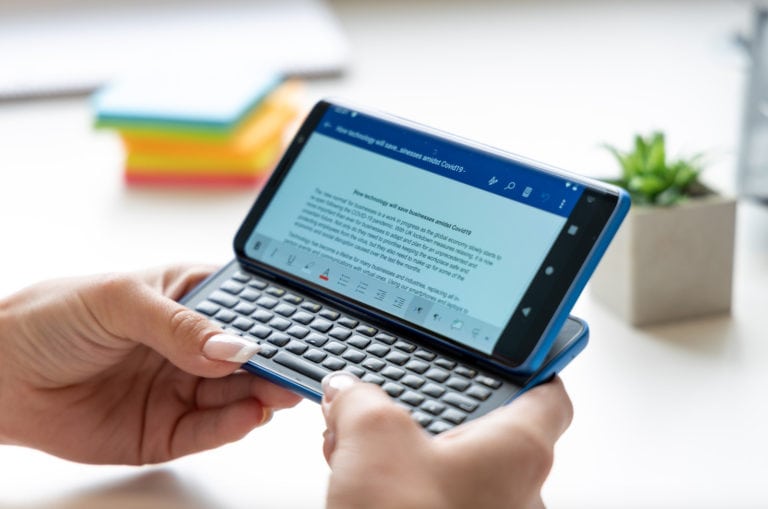Any links to online stores should be assumed to be affiliates. The company or PR agency provides all or most review samples. They have no control over my content, and I provide my honest opinion.
Wi-Fi 7, also known as IEEE 802.11be, is the latest iteration of wireless networking technology that is currently still in development.
The initial draft was launched in 2021, but the final version of it is not expected until 2024.
Wi-Fi 7 is arguably a much bigger generational improvement than Wi-Fi 6 or the subsequent Wi-Fi 6E, which has only just started to gain traction.
Even though it is still in development, companies are already developing products that support Wi-Fi 7. We should start seeing routers that can support Wi-Fi 7 before the middle of 2023, and there have already been a couple of phones launched that support it.
What is Wi-Fi 7
Wi-Fi 7 is the latest Wi-Fi technology that is designed to deliver faster data transfer speeds, lower latency, and improved reliability, making it ideal for use in today’s demanding wireless environments.
The speed of Wi-Fi 7 is the big selling point for many consumers and businesses alike. This is the first Wi-Fi standard that should be able to consistently exceed gigabit throughput speeds.
Benefits of Wi-Fi 7 vs Wi-Fi 6

Wi-Fi 7 takes a lot of the technologies introduced with Wi-Fi 6 and Wi-Fi 6E and builds upon them, adding some new big features.
6GHz and 320MHz channel width
The headline feature of Wi-Fi 7 is the 6GHz band it adopts from Wi-Fi 6E.
With Wi-Fi 6E, that was limited to 160MHz channel width, which is the same as the 5GHz band, this meant its top theoretical speed was limited to 1.2Gbps per stream.
Clients are restricted to 2×2 streams, so a Wi-Fi 6E client would get a maximum theoretical speed of 2.4Gbps. This matched the performance of Wi-Fi 6 on the 5GHz band, and the only difference is that the 6GHz has 7 usable channels vs 2 that 5GHz has access to.
For Wi-Fi 7, this doubles the channel width to 320MHz, giving you 2.4Gbps per stream or 4.8Gbps for a 2×2 client or almost 10Gbps bandwidth for routers with a 4×4 broadcaster.
With 4K-QAM, the per-stream bandwidth is actually more like 2.88Gbps.
16 Streams vs 8 Streams
Wi-Fi 7 doubles the available streams up to 16, so in theory, a router with 16 streams can deliver 40Gbps of bandwidth. It is unlikely you will see a router with that capacity, 4×4 will likely remain the main design for routers and 2×2 for clients.
4K-QAM
Wi-Fi 6/6E supports 1024-QAM, while Wi-Fi 7 will have four times that, or 4096-QAM.
QAM stands for quadrature amplitude modulation, and it is the technology used to pack information into each Hertz of the radio wave.
The higher the QAM, the better performance for the same channel width, both in terms of speed and efficiency.
Multi-Link Operation
After the 6GHz band with 320MHz channel width, Multi-Link Operation, or MLO, is the most impressive feature of Wi-Fi 7, and it is the biggest new feature (rather than just making existing features better).
MLO allows you to combine two Wi-Fi bands into a single connection, and it can be used as a load balance or failover.
For a load balancer, you combine the bandwidth of both bands for improved throughput. You could combine 5GHz and 6GHz for 2.4Gbps + 4.8Gbps of theoretical bandwidth, giving you 7.2Gbps.
Alternatively, Mediatek were keen to advertise the benefits of combining 5GHz and 2.4GHz. This won’t give you a huge boost in speeds in comparison to Wi-Fi 6, but it should significantly extend the range and improve overall reliability.
Using the failover option will likely be the superior solution for most people. This will ensure a reliable connection, and it should enable completely seamless roaming as the client device can switch to a new access point for one band while retaining the connection with the other band.
Wi-Fi 7 Real World Speeds
As there are no Wi-Fi 7 routers, it is impossible to say exactly what the real-world speeds will be.
For 5GHz at 80Mhz channel width, using Wi-Fi 6/6E, the theoretical speed is 1200Mbps for a client. For 5GHz & 6GHz at 160MHz, that speed is 2400Mbps.
In my home, on 5GHz and 6GHz at 160MHz, the maximum speeds I have seen are more like 1500Mbps on the Nighthawk RAXE500, which is 37.5% below the advertised speeds. For 5GHz at 80MHz, the best I have seen is about 900Mbps on the Netgear Orbi RBKE963, which is 25% below the advertised speeds.
For Wi-Fi 7 on 6GHz with 320MHz channel width and 4K-QAM, a 2×2 client should see 5.76Gbps.
If we say that the real-world speeds are 40% below the advertised speeds, that would be almost 3.5Gbps.
If you use MLO and successfully get 1.5Gbps and the throughput scaled accurately across both bands, that would give you 5Gbps!
I expect they are overly optimistic figures, but it would still be amazing to get 2.5 or 3Gbps transfer files over my networking using Wi-Fi.
Wi-Fi 7 Chipsets
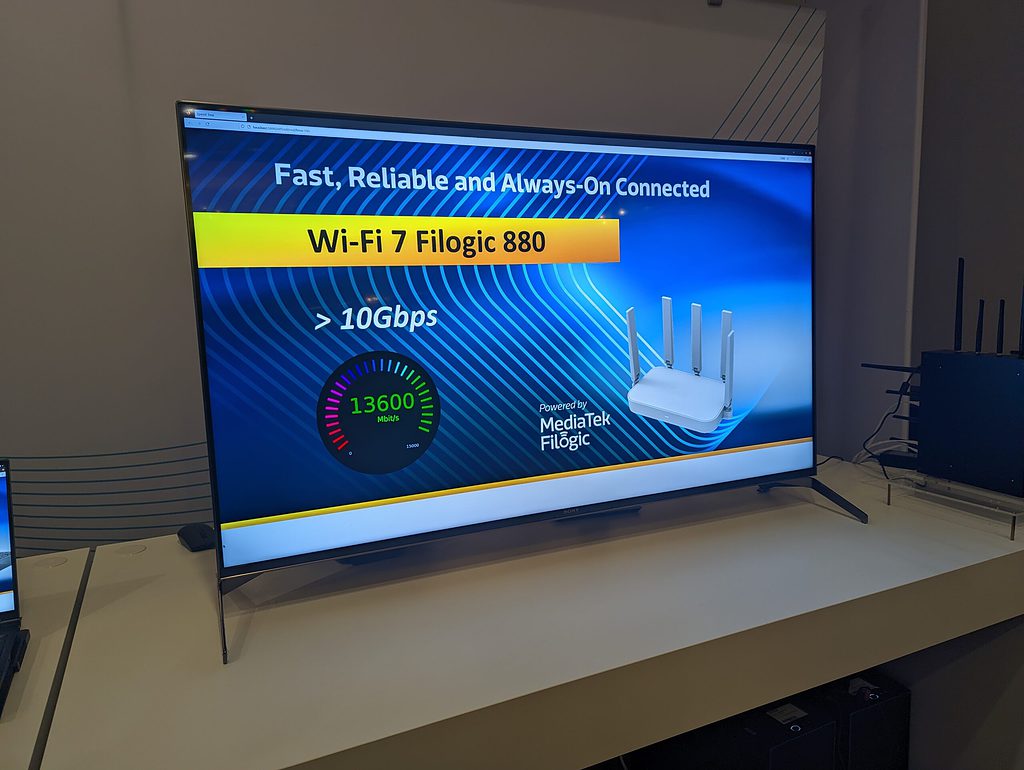
There are four big companies that develop technology that will be used on routers, access points and client devices. This includes Qualcomm, Mediatek, Broadcom and Intel.
Qualcomm has announced the FastConnect 7800 chipset, and this has been integrated into their flagship mobile phone chipset, the Snapdragon 8 Gen 2.
MediaTek has announced the Filogic 880, which is designed for routers and larger devices. Then the Filogic 380, which is designed for smartphones and integrated into the flagship Dimensity 9200.
Broadcom announced multiple chipsets back in 2022, including the BCM67263, BCM6726, BCM43740, BCM43720 and BCM4398. These are designed to cover a range of devices, including residential and enterprise access points and smartphones.
Intel has currently not announced a Wi-Fi module but has demoed the technology and claims laptops and PCs will be available with it in 2024.
What Wi-Fi 7 Routers Are Available?
Currently, there have been three companies announcing Wi-Fi 7 networking products, ASUS, Netgear and TP-Link.
Asus Wi-Fi 7 Networking Devices
ASUS has announced two routers with Wi-Fi 7 but has not announced exactly when they will be available.
ROG Rapture GT-BE98 Quad-Band Wi-Fi 7 Gaming Router
The ROG Rapture GT-BE98 is the flagship product and is a quad-band Wi-Fi 7 gaming router. This has:
- Wi-Fi Bands:
- 2.4GHz: up to 1376 Mbps
- 5GHz-1: up to 5762 Mbps (4096 QAM + 160 MHz)
- 5GHz-2: up to 5762 Mbps (4096 QAM + 160 MHz)
- 6GHz: up to 11,525 Mbps (4096 QAM + 320 MHz)
- AIMesh support with a dedicated 5GHz backhaul
- Ethernet:
- 1 x 10 Gbps WAN/LAN
- 2 x 10 Gbps LAN
- 4 x Gigabit LAN
ASUS RT-BE96U Tri-Band Wi-Fi 7 Router
The ASUS RT-BE96U should be more affordable due to the tri-band design, and it also has fewer 10G ports
- Wi-Fi Bands:
- 2.4GHz: up to 1376 Mbps (4096 QAM)
- 5GHz: up to 5762 Mbps (4096 QAM + 160 MHz)
- 6GHz: up to 11,525 Mbps (4096 QAM + 320 MHz)
- Ethernet:
- 1 x 10 Gbps WAN/LAN
- 1 x 10 Gbps LAN
- 4 x Gigabit LAN
Netgear Wi-Fi 7 Networking Devices – Nighthawk RS700
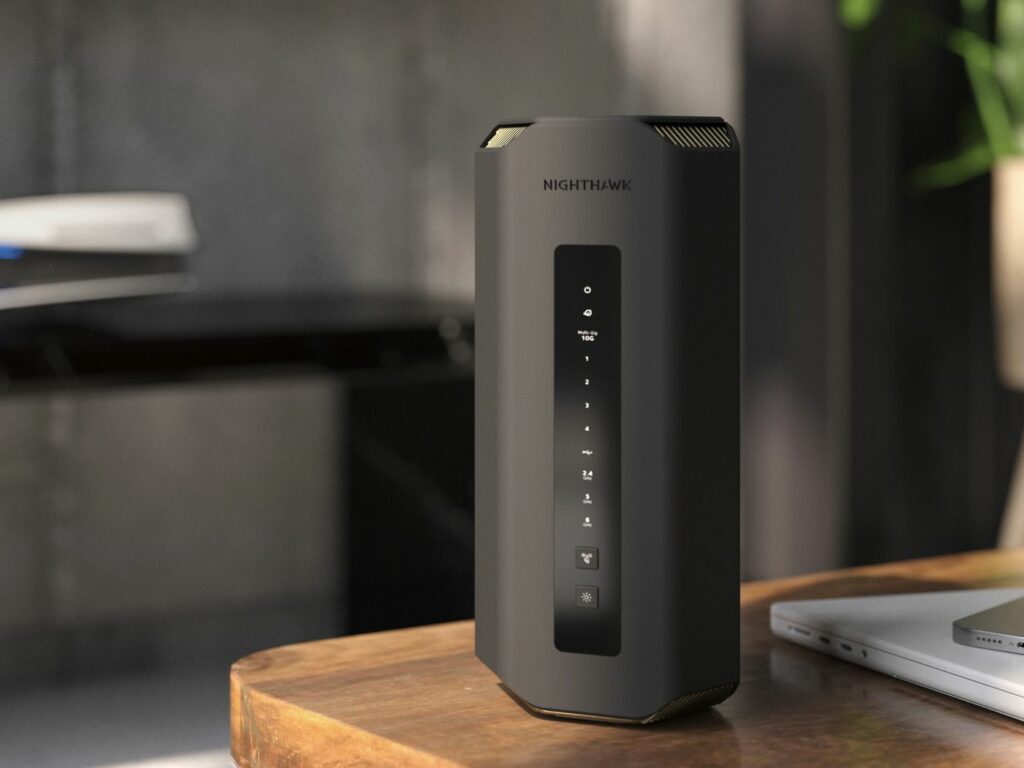
So far, Netgear has only announced one Wi-Fi 7 product, the Nighthawk RS700. Even though they were later in their announcement, it looks like they will ship the router before other brands.
This is available to pre-order for $699.99 with shipping from the 27th of May 2023.
- Wi-Fi Bands:
- 2.4GHz: up to 1376 Mbps (4096 QAM)
- 5GHz: up to 5762 Mbps (4096 QAM + 160 MHz)
- 6GHz: up to 11,525 Mbps (4096 QAM + 320 MHz)
- Ethernet:
- 1 x 10 Gbps WAN
- 1 x 10 Gbps LAN
- 4 x Gigabit LAN
TP-Link Wi-Fi 7 Networking Devices
TP-Link was quick to announce its product range, and they have announced what appears to be all their planned Wi-Fi 7 products in one go!
There are three Deco mesh systems, four Archer routers and two Omada access points.
Unfortunately, there is no word on pricing or the exact availability.
TP-Link Deco Mesh Wi-Fi 7 Systems
Deco BE95
- 16-Stream 33 Gbps Quad-Band WiFi – 11520 Mbps (6 GHz-1) + 11520 Mbps (6 GHz-2) + 8640 Mbps (5 GHz) + 1148 Mbps (2.4 GHz).
- Multi-Gig 10 Gbps Network – 1× 10 Gbps Ethernet/Fiber Combo WAN/LAN port + 1× 10 Gbps WAN/LAN port + 2× 2.5 Gbps ports ensure max flexibility and boosted throughput.
Deco BE85
- 12-Stream 22 Gbps Tri-Band Wi-Fi – 11520 Mbps (6 GHz) + 8640 Mbps (5 GHz) + 1376 Mbps (2.4 GHz).
- Multi-Gig 10 Gbps Network – 2× 10 Gbps WAN/LAN ports + 2× 2.5 Gbps ports ensure max flexibility and boosted throughput.
Deco BE65
- 11 Gbps Tri-Band WiFi – 5760 Mbps (6 GHz) + 4320 Mbps (5 GHz) + 574 Mbps (2.4 GHz).
- Multi-Gig 2.5 Gbps Network – 4× 2.5 Gbps ports ensure max flexibility and boosted throughput.
TP-Link Archer Wi-Fi 7 Routers
Archer BE900
- Wi-Fi Bands:
- 2.4GHz: up to 1376 Mbps
- 5GHz-1: up to 5762 Mbps (4096 QAM + 160 MHz)
- 5GHz-2: up to 5762 Mbps (4096 QAM + 160 MHz)
- 6GHz: up to 11,525 Mbps (4096 QAM + 320 MHz)
- OneMesh support with a dedicated 5GHz backhaul
- Ethernet:
- 1× 10 Gbps WAN/LAN
- 1× 10 Gbps SFP+/RJ45 Combo WAN/LAN
- 4× 2.5 Gbps LAN
- 1× 1 Gbps LAN
Archer GE900
- Wi-Fi Bands:
- 2.4GHz: up to 1376 Mbps
- 5GHz-1: up to 5762 Mbps (4096 QAM + 160 MHz)
- 6GHz: up to 11,525 Mbps (4096 QAM + 320 MHz)
- OneMesh support
- Ethernet:
- 1× 10 Gbps WAN/LAN
- 1× 10 Gbps SFP+/RJ45 Combo WAN/LAN
- 4× 2.5 Gbps LAN
- 1× 1 Gbps LAN
Archer BE800
- Wi-Fi Bands:
- 2.4GHz: up to 1376 Mbps
- 5GHz-1: up to 5762 Mbps (4096 QAM + 160 MHz)
- 6GHz: up to 11,525 Mbps (4096 QAM + 320 MHz)
- OneMesh support
- Ethernet:
- 1× 10 Gbps WAN/LAN
- 1× 10 Gbps SFP+/RJ45 Combo WAN/LAN
- 4× 2.5 Gbps LAN
Archer BE550
- Wi-Fi Bands:
- 2.4GHz: up to 1376 Mbps
- 5GHz-1: up to 5762 Mbps (4096 QAM + 160 MHz)
- 6GHz: up to 5760 Mbps (4096 QAM + 320 MHz)
- OneMesh support with a dedicated 5GHz backhaul
- Ethernet:
- 1× 2.5 Gbps WAN
- 4× 2.5 Gbps LAN
TP-Link Omada Wi-Fi 7 Access Points
Omada EAP770
- 6 GHz: Up to 11520 Mbps
5 GHz: Up to 8640 Mbps
2.4 GHz: Up to 1376 Mbps - 2× 10G Ethernet Port, 1× USB Port
Omada EAP770
- 6 GHz: Up to 5760 Mbps
- 5 GHz: Up to 4320 Mbps
- 2.4 GHz: Up to 574 Mbps
- 1× 10G Ethernet Port
What Phones Support Wi-Fi 7?
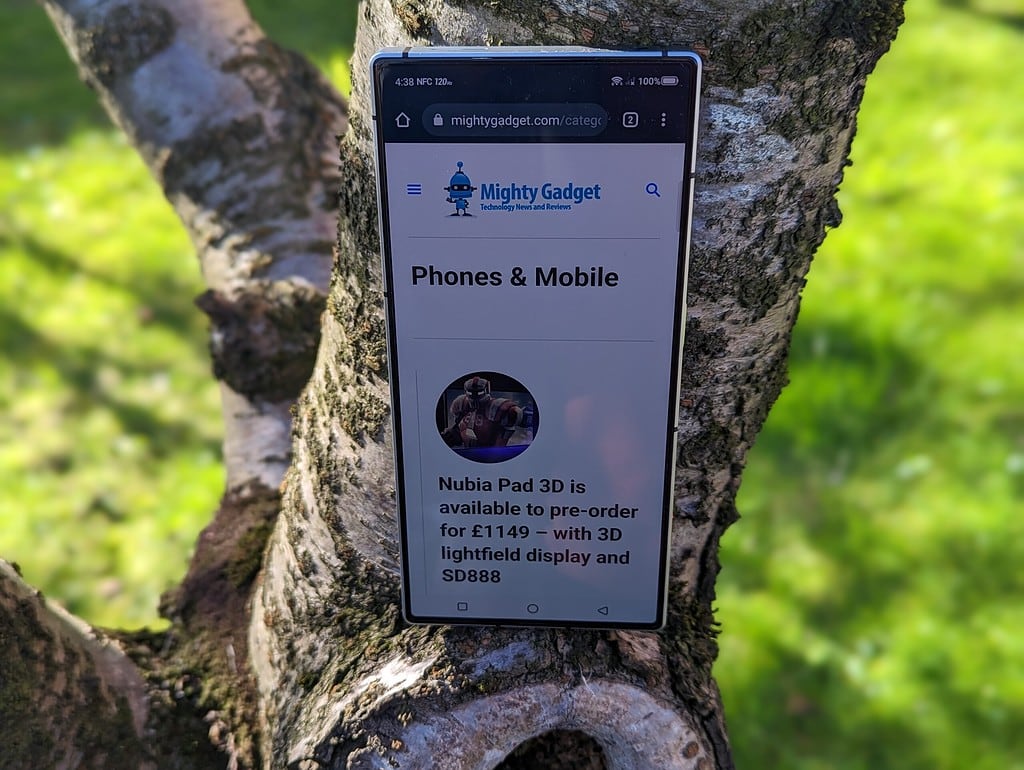
The flagship mobile chipsets from MediaTek and Qualcomm both support Wi-Fi 7, but it is up to the OEM to implement it on their phone. While there have been several Qualcomm Snapdragon 8 Gen 2 phones launched, most of these lack Wi-Fi 7.
As of March 2023, there are just two phones that claim to support Wi-Fi 7:
What Laptops & PCs Support Wi-Fi 7?
Intel has not announced a Wi-Fi 7 module yet, and there are not going to be any laptops or PCs that support this new standard for many months.
Intel has indicated 2024 will be the earliest we see Wi-Fi 7 on the PC.
Originally posted on mightygadget.com – Follow on Twitter – Instagram – Facebook – Mighty Gadget Latest Reviews
I am James, a UK-based tech enthusiast and the Editor and Owner of Mighty Gadget, which I’ve proudly run since 2007. Passionate about all things technology, my expertise spans from computers and networking to mobile, wearables, and smart home devices.
As a fitness fanatic who loves running and cycling, I also have a keen interest in fitness-related technology, and I take every opportunity to cover this niche on my blog. My diverse interests allow me to bring a unique perspective to tech blogging, merging lifestyle, fitness, and the latest tech trends.
In my academic pursuits, I earned a BSc in Information Systems Design from UCLAN, before advancing my learning with a Master’s Degree in Computing. This advanced study also included Cisco CCNA accreditation, further demonstrating my commitment to understanding and staying ahead of the technology curve.
I’m proud to share that Vuelio has consistently ranked Mighty Gadget as one of the top technology blogs in the UK. With my dedication to technology and drive to share my insights, I aim to continue providing my readers with engaging and informative content.

